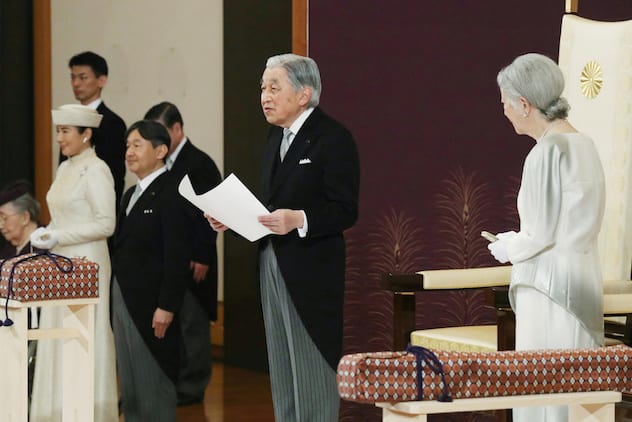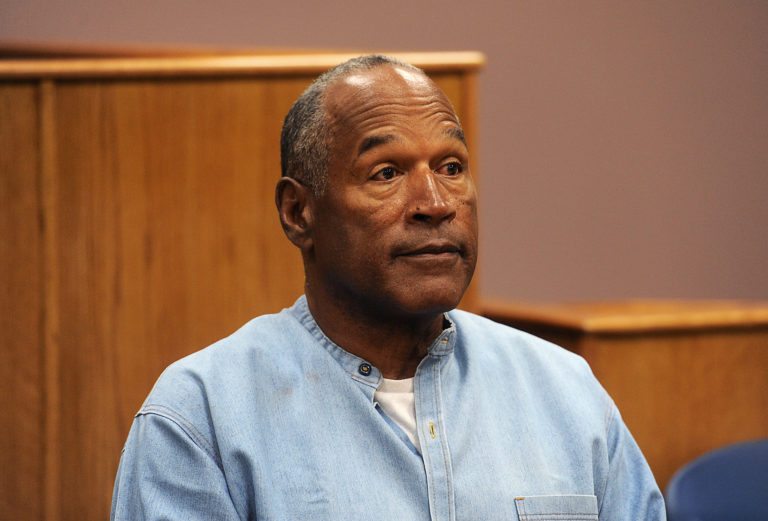Japan’s Emperor Akihito has thanked his nation for their support during his 30-year reign wishing his successor a “stable and fruitful” future, as he becomes the country’s first monarch to abdicate in two centuries.
Japan’s Emperor Akihito formally abdicated Tuesday during a historic ceremony in Tokyo, becoming the country’s first monarch to step down from the Chrysanthemum Throne in 200 years.
During a ceremony at the palace on Tuesday, Akihito also thanked his people for their support during his 30-year reign as emperor. He said it was fortunate for him that he could fulfil his duties with full trust and faith in his people. His son, Crown Prince Naruhito, become the country’s new emperor at midnight.
While it may have been over 200 years since an emperor abdicated in Japan, around the world such moves are not uncommon.
Including Commonwealth nations, the world has over 40 countries with some form of monarchy, the structures of which vary widely. We take a look at a few notable monarchs who have abdicated.
In the Netherlands, Queen Beatrix announced her abdication in January 2013 at the age of 74 following a reign of 33 years, saying she was convinced that the “responsibilities of our country should be passed on to a new generation.”
In Belgium, King Albert II abdicated in July 2013 at the age of 79 after reigning for some 20 years. He made way for a son, 59-year-old Prince Philippe.
Bhutan’s King Jigme Singye Namgyel Wangchuck abdicated the throne in his son’s favour in December 2006, retiring at age 51.
Sheikh Hamad bin Khalifa bin Al Thani of the Qatari royal family, was ruling Emir of Qatar from 1995 to 2013, he abdicated at the age of 61.
In Vatican City, which is governed as an absolute monarchy, Pope Benedict XVI shocked the world when he announced his resignation in February 2013 at the age of 85 after nearly eight years in office.







